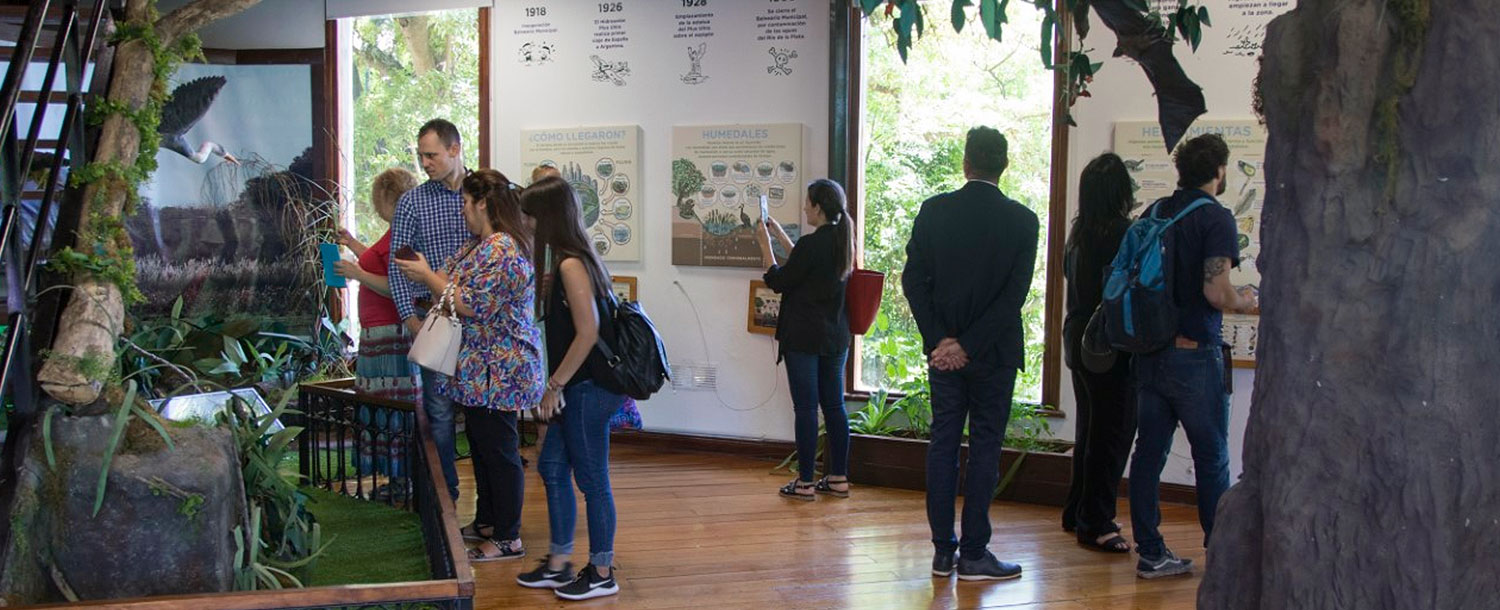Interpretation Centre showcasing local flora and fauna opened in Buenos Aires Ecological Reserve
The new space offers an improved experience by allowing visitors to learn about characteristics of the local ecosystem and what species inhabit the area.
The Buenos Aires City Government has opened a new Interpretation Centre in the Costanera Sur Ecological Reserve, a space that will allow offer an improved experience to the reserve’s more than one million annual visitors.
The space, which showcases the main species of flora and fauna that inhabit the reserve welcomes visitors, provides orientation and raises awareness of the importance and uniqueness of the 350 hectares that the reserve covers just metres from Buenos Aires’ busy financial centre.
The project was carried out by the Buenos Aires City Tourist Board, the city government’s Department for Green Spaces and Department for Science and Technology, with support from the Argentine Federal Science and Technology Council.
Gonzalo Robredo, president of the Buenos Aires City Tourist Board, said: “The reserve is a pillar for tourism in Buenos Aires and this Interpretation Centre generates value for visitors as well as for local people since we need to connect with this natural gem just metres from the centre of the city.”
Germán Aucina, operations manager for the ecological reserve, said "This is a great project that shows the things we can do working in partnership. There were many areas involved in the whole process.”
The project included the design and creation of installations with 25 full-scale representations of native fauna equipped with audio, as well as the renovation of existing material.
The Interpretation Centre opened to the public on Wednesday December 4 and features an exhibition on the three eco-regions present in the reserve: the Paraná delta and islands, the Argentine espinal and the grasslands. The centre has illustrations and infographics showing how different species arrive in the reserve, the importance of the reserve as a wetlands, and other characteristics.
The new centre is widely accessible, with tactile maps for people with visual impairments donated by the Legal and Social Assistance Network and the Commission for the Full Participation and Inclusion of Disabled People.
Covering 350 hectares, the reserve is the largest green space in Buenos Aires. It is home to more than 2,000 species of flora and fauna including birds, mammals, amphibians, reptiles and native vegetation such as pampas grass and alder forests. It receives more than one million visitors every year, including 25,000 students from 260 schools.
The reserve is an excellent location for bird watching, with more than 343 species having been spotted – equivalent to 30% of all the avifauna in Argentina, and 3% of all birds in the world.
Birdwatching is growing in popularity around the world, will millions of people travelling to see different species, and is a segment that comprises tourists with high purchasing power and an average spend that reaches around US $3000.
December 2019
09-12-2019
